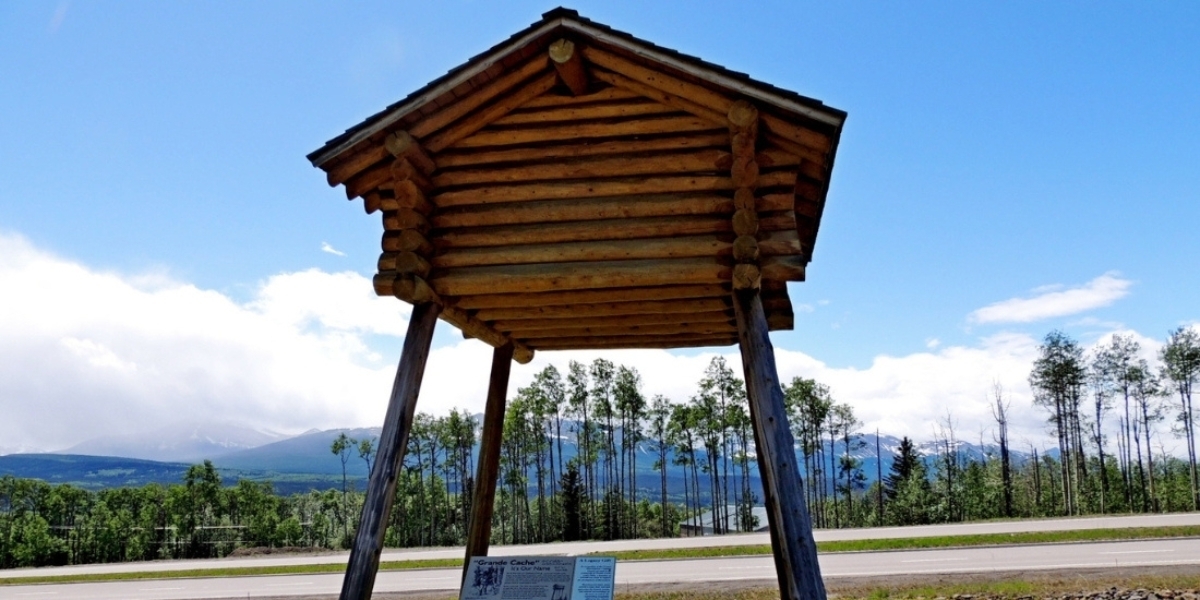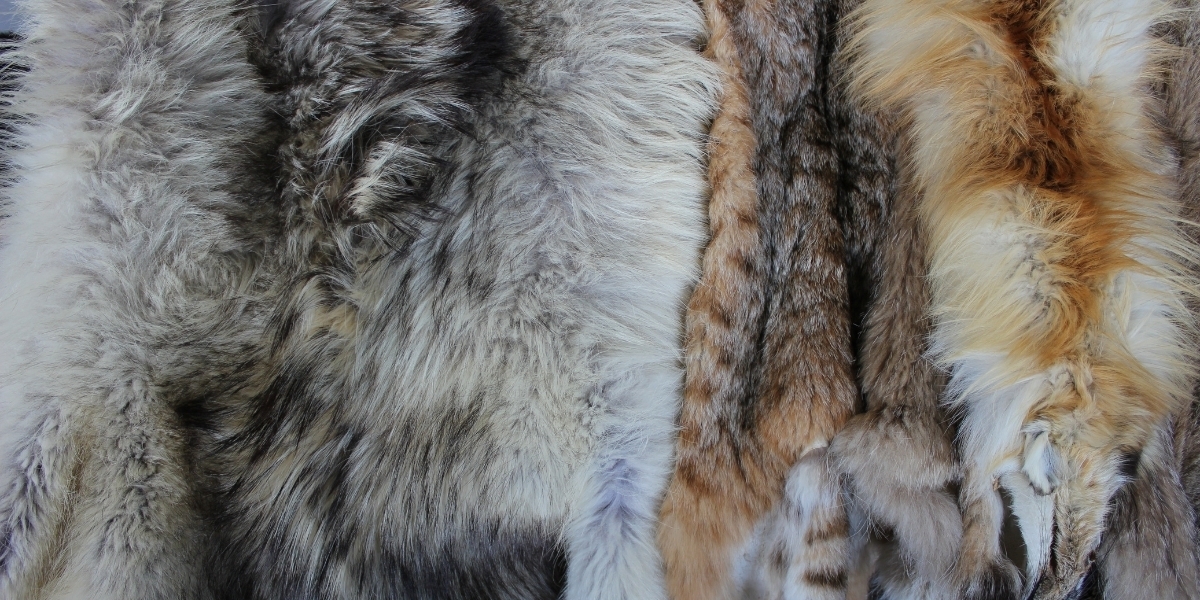Ignace Giasson was an Iroquois employee for the Hudson Bay Company. He was stationed at St. Mary’s Fort near Peace River and remained there from 1818 to 1821.
This was back when the Hudson Bay Company was still in the fur trading business with Europe. For whatever reason, Europeans really liked to turn beavers into fur hats.
This made fur incredibly valuable at the time. Giasson’s job was transporting large hauls of fur from British Columbia back to St. Mary’s Fort. But on one cold winter day, the snow was a barrier.
The snow was too deep for Giasson to continue his journey. But Giasson wasn’t about to leave such valuable goods behind.
Instead, he built a fur cache to store the furs. These were cabins made from sturdy logs to withstand extreme winter conditions. They were about eight feet tall in the centre, allowing a person to stand inside.
More importantly, this meant there was plenty of room to store furs. Cabins like these were often built to store and protect various goods from animals, not just furs.
Things like trapping supplies as well as dried and cured foods. To prevent animals like wolverines and bears from entering, cabins were built as high as 20 feet off the ground!


Against all odds, Giasson was able to construct a fur cache and protect a massive haul of furs. Because of this, Giasson’s fur cache came to be known as the “grande cache.”
As you have probably guessed, the Grande Cache we know today was named after Giasson’s famous fur cache. The specific location of his cache is unknown, but we know it was built along the banks of the Sulphur River at Victor Lake.
While Grande Cache owes its origin to a small fur cache at Victor Lake, it has grown into something much larger since then.
“Just as lgnace Giasson had to deal with adversity when he constructed his now famous fur cache, our town has had to deal with adversity, and this has led to our legendary reputation for survival,” wrote author James G. MacGregor in his book “Pack Saddles to Tete Jaune Cache.”
If you want to see Giasson’s famous grande cache for yourself, you can see a replica at the Grande Cache Tourism and Interpretive Centre. If fur caches aren’t your thing, the centre has something for everyone.
They offer horseback riding, mountain summit climbing, and even dinosaur tracks if you are into historically oversized lizards. Those are just a few of the attractions that you can find at the Grande Cache Tourism and Interpretive Centre.






